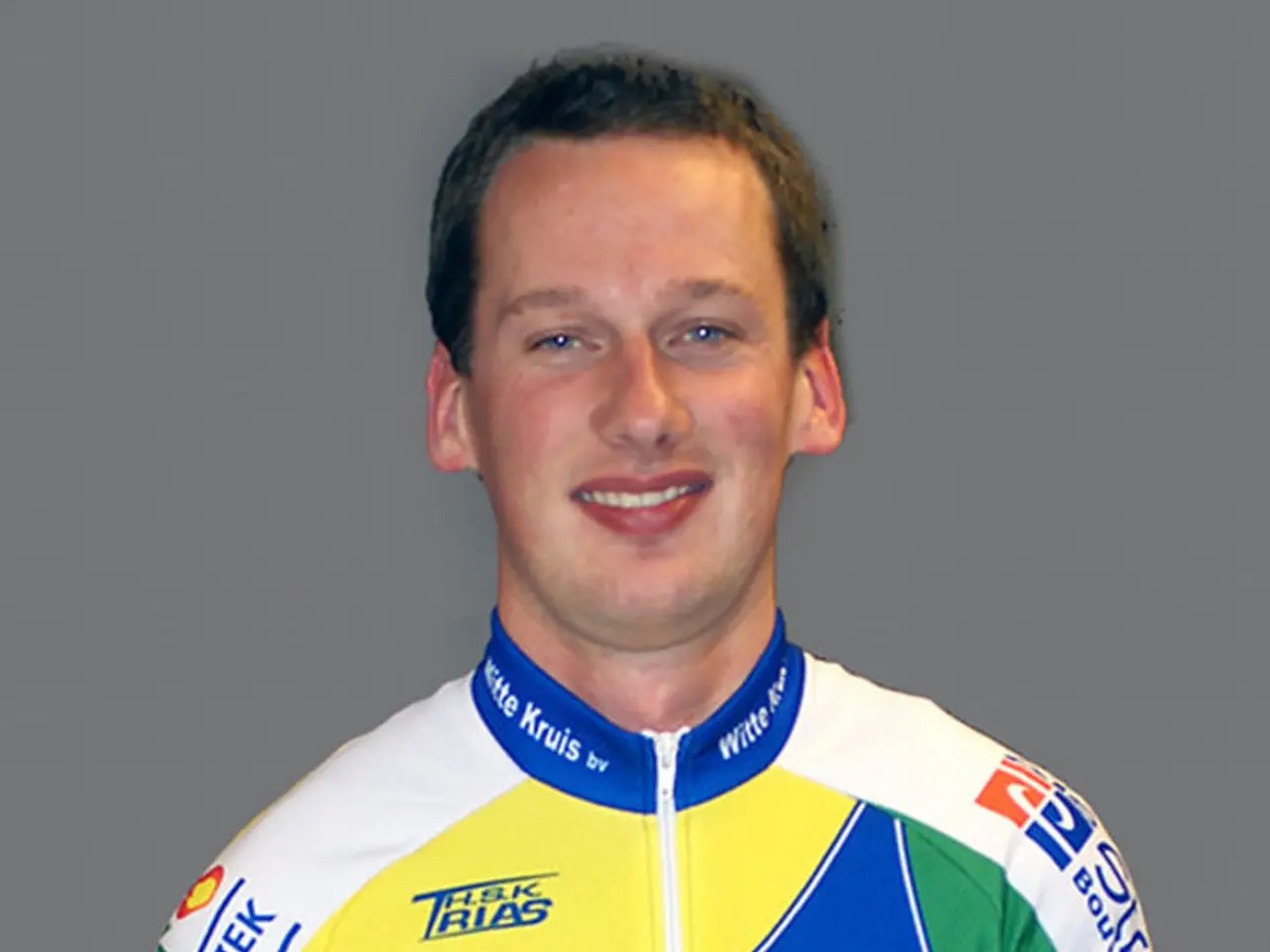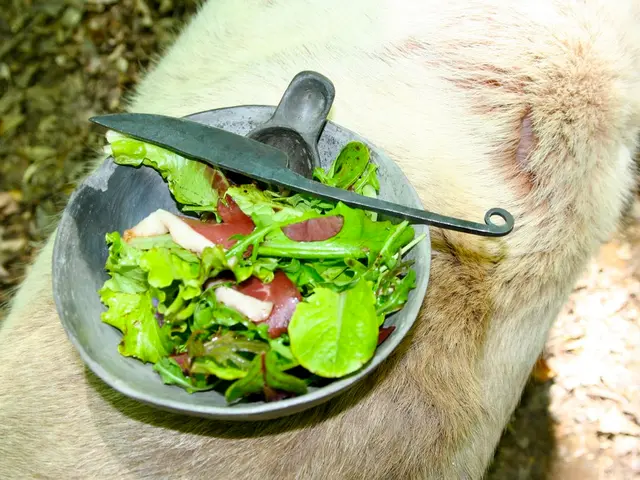Herpes Gladiatorum: Identifying Symptoms, Understanding Causes, and Seeking Treatment
Article: Understanding and Managing Herpes Gladiatorum
Herpes gladiatorum, a viral infection caused by the herpes simplex virus type 1 (HSV-1), is a common issue among athletes who participate in high-contact sports such as wrestling, rugby, and basketball. This article aims to help you identify, treat, and prevent herpes gladiatorum.
Identification
The infection often presents as clusters of painful blisters or sores on the face, neck, arms, or torso, especially in areas subject to skin abrasions or contact. These sores can resemble cold sores, but transmission occurs through direct physical contact typical in contact sports. Early signs of herpes gladiatorum include itching, burning, or tingling sensations before blisters appear.
Treatment
Antiviral medications such as acyclovir, valacyclovir, or famciclovir effectively reduce the severity and duration of outbreaks. These should be started at the earliest sign of symptoms to prevent full lesion development and reduce viral shedding. Topical antiviral treatments, like creams with lemon balm extract, may help if applied early, though systemic antivirals are more effective. Pain relief can include NSAIDs like ibuprofen. It's essential to avoid scratching or popping lesions to prevent worsened infection or spread to others. Athletes should also avoid participating in contact sports during active outbreaks to reduce transmission risks.
Prevention of Transmission
The primary mode of transmission is direct skin-to-skin contact, especially when skin lesions or abrasions are present. To prevent transmission:
- Avoid skin-to-skin contact with infected individuals until sores have fully healed.
- Use protective clothing or gear (e.g., headgear, long sleeves) to minimize skin abrasion and exposure.
- Maintain proper hygiene, including washing skin and equipment regularly.
- Do not share towels, clothing, or personal items.
- Athletes with active lesions should be excluded from practice or competition until fully healed.
- Sun protection may help prevent outbreaks triggered by UV light exposure.
Summary
- Look for clusters of painful blisters on contact-exposed skin with preceding tingling as a sign of herpes gladiatorum.
- Start oral antivirals (acyclovir, valacyclovir) early; topical lemon balm cream may help if applied early.
- Avoid direct contact during outbreaks; use protective gear; maintain hygiene; exclude infected athletes from sports.
Herpes gladiatorum remains latent, so outbreaks can recur. Consistent preventive measures and early treatment help manage infection and reduce transmission among athletes involved in high-contact sports. Avoiding irritation to the affected skin, such as by picking or rubbing the blisters, is also crucial. Symptoms tend to become evident within 8 days of the virus entering the body and can last for 7-10 days.
- The herpes simplex virus type 1 (HSV-1) causes herpes gladiatorum, a common infection among athletes participating in high-contact sports.
- Athletes should be aware of early signs such as itching, burning, or tingling sensations before blisters appear, which can resemble cold sores.
- Science-backed treatments for herpes gladiatorum include antiviral medications like acyclovir, valacyclovir, and famciclovir.
- Applying creams with lemon balm extract early may also help, though they are less effective compared to systemic antivirals.
- For mental health and well-being, it's essential to avoid scratching or popping lesions and seek medical advice to manage the infection effectively.
- Besides medication, proper hygiene practices and skin-care routines play a crucial role in preventing transmission.
- Football and other contact sports carry a higher risk for herpes gladiatorum transmission due to the nature of physical contact.
- In addition to sports, maintaining excellent mental, sexual, and skin health is vital for overall well-being, especially in high-contact environments such as gym settings.





